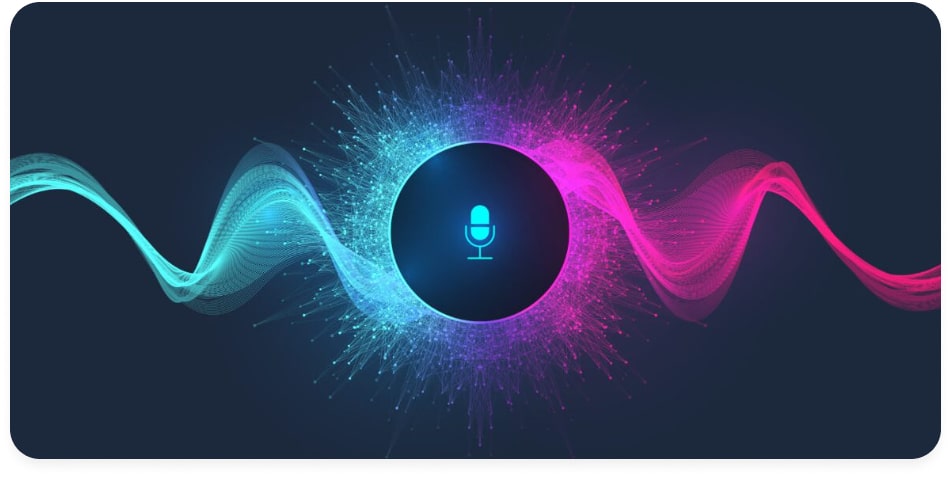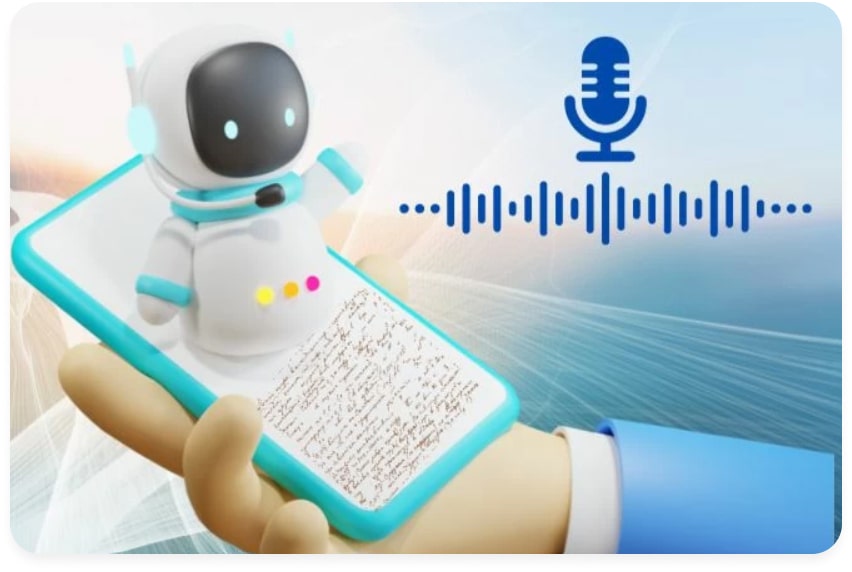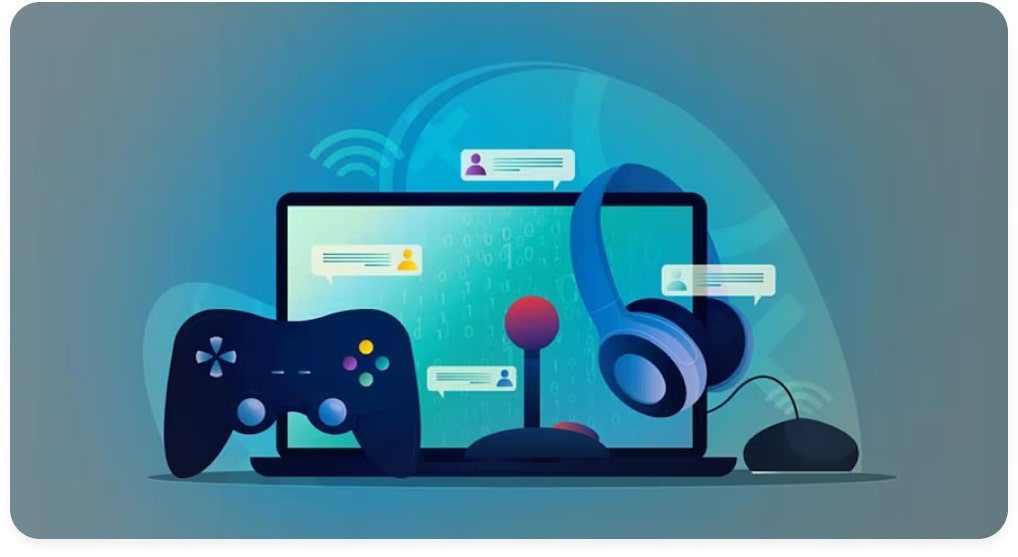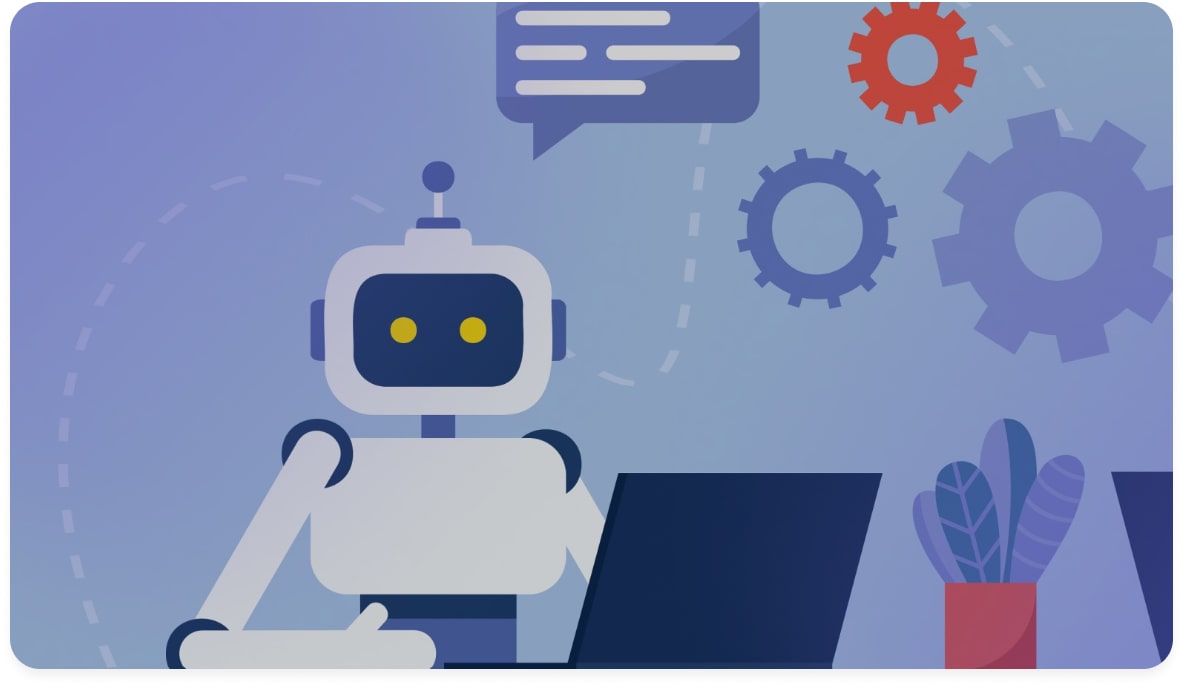Have you recently heard someone raving about the AI voice generator, and it had you hooked? Does the concept of being able to generate the voices of your favorite fictional and non-fictional characters excite you? Well, this guide has you covered.
AI voice generators have been around for a while, but ever since the rise of AI, more and more people have shown interest in this technology. In this write-up, we will give you a general understanding of AI voice generators and explain the technology behind them, their types, and their applications.
Keep reading to know all about AI voice generators.
Understanding AI Voice Generators
Imagine you want to hear Taylor Swift saying “hello” to you in her melodious voice! Sounds crazy, right? That’s what AI voice generators are for.
An AI voice generator is software that analyzes and gains knowledge from vast collections of recorded human speech using deep learning methods, neural networks, and machine learning algorithms.
It can produce or synthesize a voice produced by a computer that sounds real and human. AI voice generators are useful for many applications, such as chatbots, virtual assistants, text-to-speech systems, and voice-overs for animated films or video games.
Technology Behind Voice Generation

Looking into the working behind AI voice generators, two major technologies emerge:
1. Natural Language Processing(NLP)
This area of artificial intelligence studies how computers and human language interact. It gives machines the ability to understand, decipher, and coherently construct human language.
NLP is essential to AI voice generators because it analyzes the input text and determines its grammar, structure, and context, ensuring accurate pronunciation and intonation during translation.
2. Text-to-Speech(TTS) Synthesis
Following NLP processing, the text is fed into the TTS system. This process is in charge of converting the text analysis into audible speech.
It mimics the nuances of human vocalizations by using extensive databases of recorded human voices, machine-learning methods, and complex rules. The sophisticated nature of TTS systems directly impacts the realism and emotion of the voice produced by AI.
Types of AI Voice Generators

1. Rule-Based Systems
Rule-based systems are software that leverages predetermined rules to produce results, make decisions, and solve complex problems. These rules are usually defined as formats a system can understand and interpret, usually in if-then statements.
Rule-based systems are a subset of artificial intelligence that find use in data processing, business automation, expert systems, and other fields.
Every rule has an action and a condition; the action is carried out if the condition is satisfied. These rules’ conditions are determined by the data that is fed into the system, and their actions might be as basic as a response or as complicated as multi-step processes.
The system continually compares all the rules with the available information or circumstances, and when a match is discovered, it takes the appropriate action. This process is known as pattern matching and can be performed using various algorithms to ensure efficiency, especially in systems with numerous rules.
2. Concatenative Systems
An early approach to producing AI voice outputs called concatenative synthesis divides recorded human speech into smaller units, usually phonemes and then mixes these units to produce new speech outputs.
In order to generate speech, this method sequences recordings of speech units, which calls for a sizable database. Concatenative synthesis produced speech output that had higher quality than rule-based systems, but it lacked the control and flexibility that more recent techniques, such as neural text-to-speech systems, provided.
3. Parametric Systems
An older method of creating artificial intelligence voices is parametric synthesis, which focuses on adjusting acoustic parameters like fundamental frequency, loudness, and duration to produce speech.
Parametric synthesis uses mathematical representations of speech signals rather than attempting to learn from vast datasets of human voice recordings, in contrast to current deep learning techniques.
It is less commonly utilized in modern AI voice generation, despite its historical significance, because of its limits in producing natural-sounding speech and its incapacity to handle complicated language problems.
4. Neural Network-Based Systems
Neural network-based AI voice generation systems use deep learning strategies, machine learning algorithms, and natural language processing techniques to produce remarkably lifelike synthetic voices.
These systems reconstruct speech naturally and human-likely by breaking it down into smaller components such as phonemes, syllables, and intonation patterns. By studying recordings of diverse speakers, AI voice generators can be trained to mimic a variety of accents, languages, and speaking tenors.
Applications of AI Voice Generators
The AI-powered voice generators are applied in multiple fields to enhance the functionality, accessibility, and efficiency of systems. Here are some of the areas where AI voice generators assist.
1. Content Creation and Marketing

AI voice generators are extensively employed in marketing and content production.
With the help of AI, voice generator tools transform the written text into voiceovers that seem natural, allowing businesses to produce high-quality audio content quickly and effectively.
Moreover, AI voice generators can assist companies in creating memorable and captivating content that draws in listeners and delivers the message more successfully.
The voice wizards can be used for social media, corporate training, explainers, YouTube, audiobooks, podcasts, product demos, educational content, and more.
2. Virtual Assistants and Customer Service

AI voice generators can also be used as virtual assistants for various uses, such as sales and customer support. By interacting with clients in a genuine and human-like manner, these virtual assistants can offer a more tailored experience.
By analyzing recordings of diverse speakers, AI voice generators can be used to produce synthetic voices that seem authentic and natural, emulating numerous accents, languages, and speaking styles.
3. Entertainment and Gaming

AI speech generators are frequently employed in entertainment and games to provide viewers and gamers with immersive and exciting experiences.
By examining recordings of diverse speakers, these techniques may produce artificial voices that resemble a variety of dialects, languages, and speaking styles while still sounding authentic and human. AI voice generators may produce voiceovers for films, video games, and animations that improve the overall story and give characters a sense of life.
There are several AI chatbot apps in the market like ChatFAI, where you can create an AI character of your choice and have conversation with it, i.e, exchange voice notes with the character and have the time of your life.
Factors To Consider While Choosing the Right AI Voice Generator

Multiple voice generators are being used for entertainment and business. But choosing the right one always remains a question. So, it’s crucial to assess different features of AI voice generators to allow you to choose the right one for you.
1. Naturalness and Expressiveness
The best among all voice generators is one that sounds human. Select an AI voice generator that can generate natural-sounding, high-quality voices that can communicate emotions and facial expressions.
2. Multilingual Capabilities
Most of the voice generators allow users to create content in multiple languages. To accommodate audiences worldwide, make sure the AI voice generator offers a variety of languages and accents.
This could help in catering to a large audience and creating content without hassle.
3. Customization Options
To customize the generated voice to the specific requirements of your project, look for AI voice generators that offer customizable settings, such as pitch, tone, speaking style, or delivery speed.
4. Real-time Performance
Select an AI voice generator for live events or presentations that can function effectively under pressure. Besides this, it is necessary to navigate the performance, so choose the one that helps track performance.
Conclusion
This wraps up the ultimate guide to unveiling AI voice generators. We hope that the concept of AI voice generators and how they work and change the dynamics of the entertainment industry isn’t a mystery to you anymore.
But you might be interested in knowing that voice generation isn’t the only thing you can do using AI. Explore ChatFAI, enjoy conversations with your favorite characters, and have voice chats with them.
You can also visit SocialBu and use the AI text-to-image generator tool there to get your hands on some of the most realistic AI images. Head to the comments section and let us know your experience with the app and what else you want us to write about.
Thank you for your time!
FAQs
Q: What Is the Best Voice AI Generator?
ChatFAI, MurfAI, and Lovo AI are some of the best AI voice generators around.
Q: Is There Any Free AI Voice?
ChatFAI, Speechify, Murf.ai, and Notevibes are the top AI voice generators that are entirely free of cost.
Q: Can I Make an AI of My Voice?
Yes, fortunately, there are multiple AI voice-generating platforms that allow users to create custom AI voices. For this, they have to provide the tools with training data. However, this process is a little complicated, and you need technical expertise to perform it.
TopMediai voice cloning is a great tool that can be used to create your own AI voice. But, like other AI voice generators, you need a bit of technical expertise to deal with this tool.
Q: Is It Legal to Use AI Voice?
Yes, replacing human voices with AI voices generated by AI voice generators is completely legal. It’s lawful, especially in movies and games. However, you must ensure that no legal and ethical boundaries are breached.